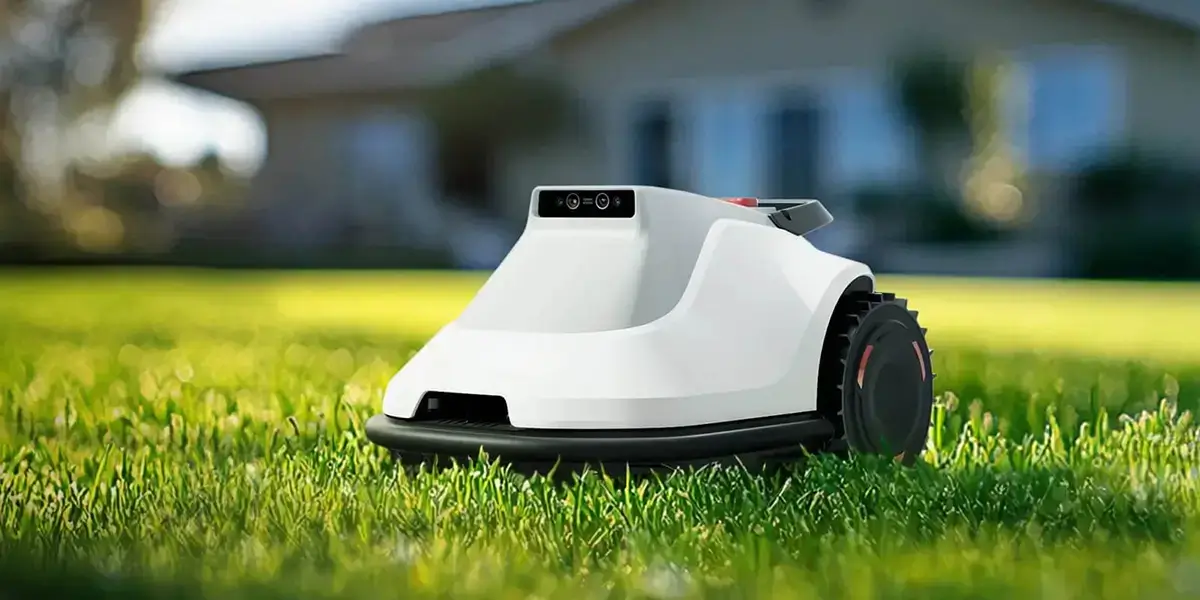Imagine a world where your hands seamlessly control robotic limbs, game controllers direct precise movements, or intuitive interfaces manipulate servos to bring mechanical projects to life. The backbone of these innovations often lies in simple yet powerful tools: the humble joystick and the versatile Arduino microcontroller.

Today, we explore how to harness these components to control a servo motor—a device capable of precise angle positioning—in a way that's responsive, smooth, and easy to implement, even for beginners. Whether you're delving into robotics, art installations, or home automation, mastering this control system opens the door to countless creative possibilities.
Setting the Stage: Why Use a Joystick and Arduino?
At first glance, controlling a motor might seem straightforward—send signals, get an action. But when it comes to real-world applications, responsiveness and fine-tuned control matter. Joysticks provide a natural, analog way to transmit user input, mimicking the intuitive motion we make when steering a vehicle or playing a musical instrument.
Meanwhile, Arduino acts as a brain, interpreting the analog signals from the joystick and translating them into commands that move the servo arm accordingly. This interplay makes for an interactive project that's both educational and fun.
The Building Blocks
To get started, you'll need:
Arduino board (commonly Arduino Uno) Joystick module (analog output preferred) Servo motor (e.g., SG90 or MG996R) Breadboard and jumper wires Power supply (often the Arduino USB is sufficient for small servos) Optional: Resistors, potentiometers, and additional sensors
Understanding the Components
Joystick Module: Most joystick modules are based on two potentiometers — one controlling horizontal movement (X-axis) and another controlling vertical movement (Y-axis). For simplicity, controlling one axis (say, X) can be enough for basic demonstrations. These potentiometers output an analog voltage from 0 to 5V, corresponding to the joystick's position, which Arduino reads as a value between 0 and 1023.
Servo Motor: Servos are rotation devices that accept a control signal—usually a pulse of a specific width (PWM)—to rotate to a precise angle, typically from 0 to 180 degrees. This makes them perfect for robotic arms, steering mechanisms, or any application requiring controlled angular position.
Arduino Microcontroller: Acts as the central processor. It reads analog input from the joystick, calculates the position, and then outputs the corresponding control signal to the servo.
Wiring It All Up
Joystick Connection: Connect VCC to 5V on Arduino Connect GND to GND Connect VRX (X-axis output) to an analog pin, e.g., A0 Servo Connection: Connect servo power line (usually red) to 5V Connect GND line to GND Connect signal wire (usually yellow or white) to a digital PWM pin, e.g., D9
Note: Ensure the servo power supply can handle your servo's current needs. For larger servos, a separate power source may be required to prevent brownouts.
Now that we've explored the foundational concepts, let's jump into writing the actual code, calibrating the joystick, and testing the system. But before that, it's worth understanding how the Arduino interprets the analog signals and converts them into smooth motor movements. We'll discuss coding techniques, including mapping analog input to servo angles and implementing control smoothing to prevent jitter.
Stay tuned for Part 2, where we'll delve into coding the project step-by-step, troubleshooting common issues, and even expanding the project for more advanced control schemes. Whether you're a hobbyist eager to have some fun or a student embarking on your first robotics adventure, this project provides a perfect starting point to control servos with simple gestures and learn invaluable electronics skills along the way.
[End of Part 1]
Leveraging innovations in modular drive technology, Kpower integrates high-performance motors, precision reducers, and multi-protocol control systems to provide efficient and customized smart drive system solutions.




































